PP rope has become the top choice for aquaculture cage systems in saltwater environments thanks to its outstanding durability and corrosion resistance. However, many farmers still wonder — between PP, PE, and Nylon ropes, which one truly performs best in harsh marine conditions? This article from SIAM Brothers Vietnam helps you understand the characteristics of each material, compare their tensile strength, salt resistance, and lifespan to make the right decision. Let’s explore how to choose the ideal rope for safe, cost-effective, and efficient fish cage operations.
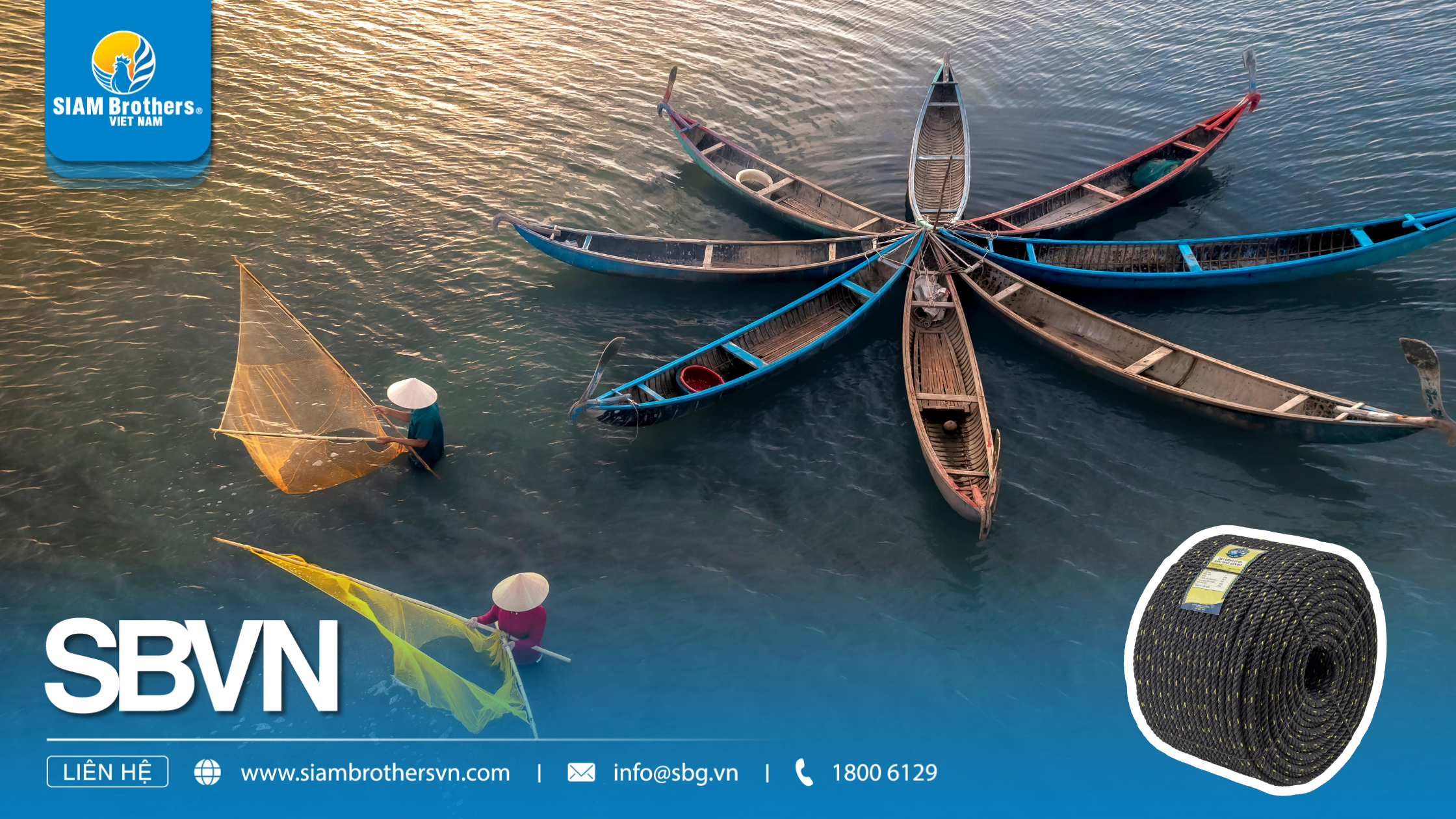
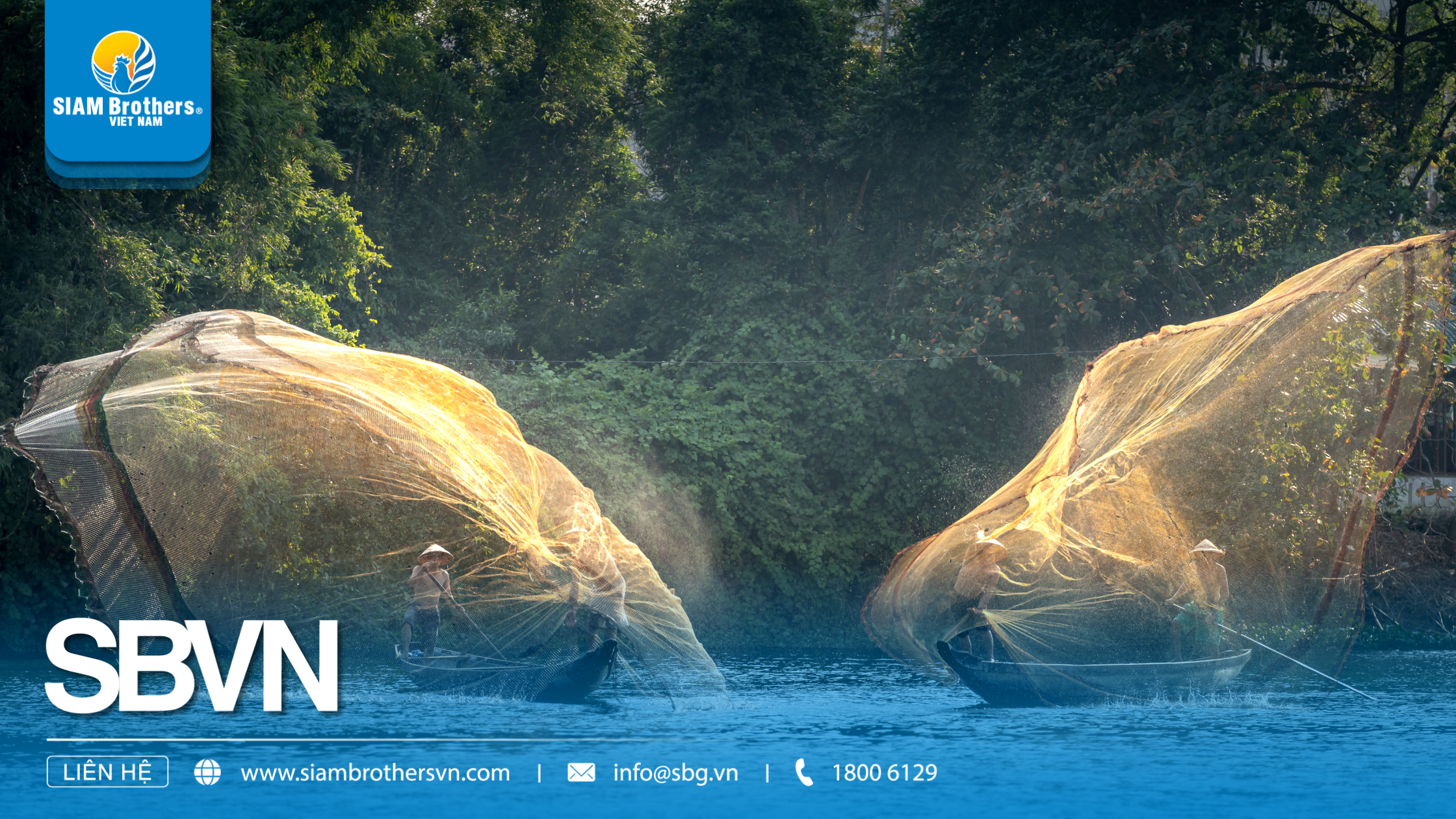
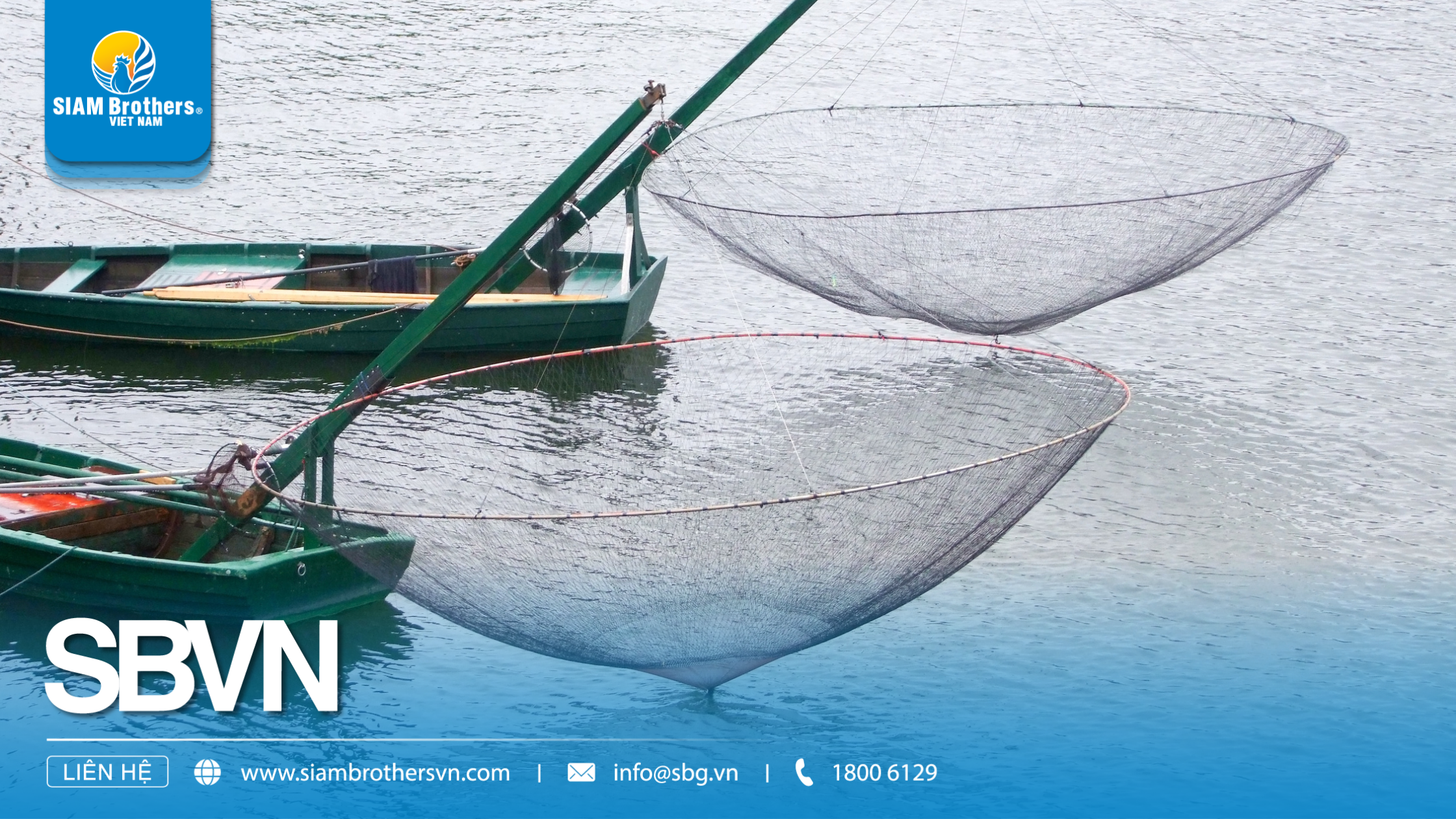
| Comparison Criteria | PP Rope | PE Rope | Nylon Rope |
| Tensile Strength | Good | Very Good | Excellent |
| Salt & UV Resistance | Very High | High | Moderate |
| Buoyancy | Fully Floats | Slightly Floats / Sinks | Sinks |
| Fiber Weight | Lightest | Medium | Heaviest |
| Elongation Under Load | Low | Medium | High |
| Cost | Efficiency Most Affordable | Higher Than PP | Highest |
| Average Lifespan | 2–4 years | 3–5 years | 2–3 years in saltwater |
| Ideal Environment | Saltwater, Coastal Areas | Strong Currents, High Waves | Freshwater or Low-Salinity Zones |
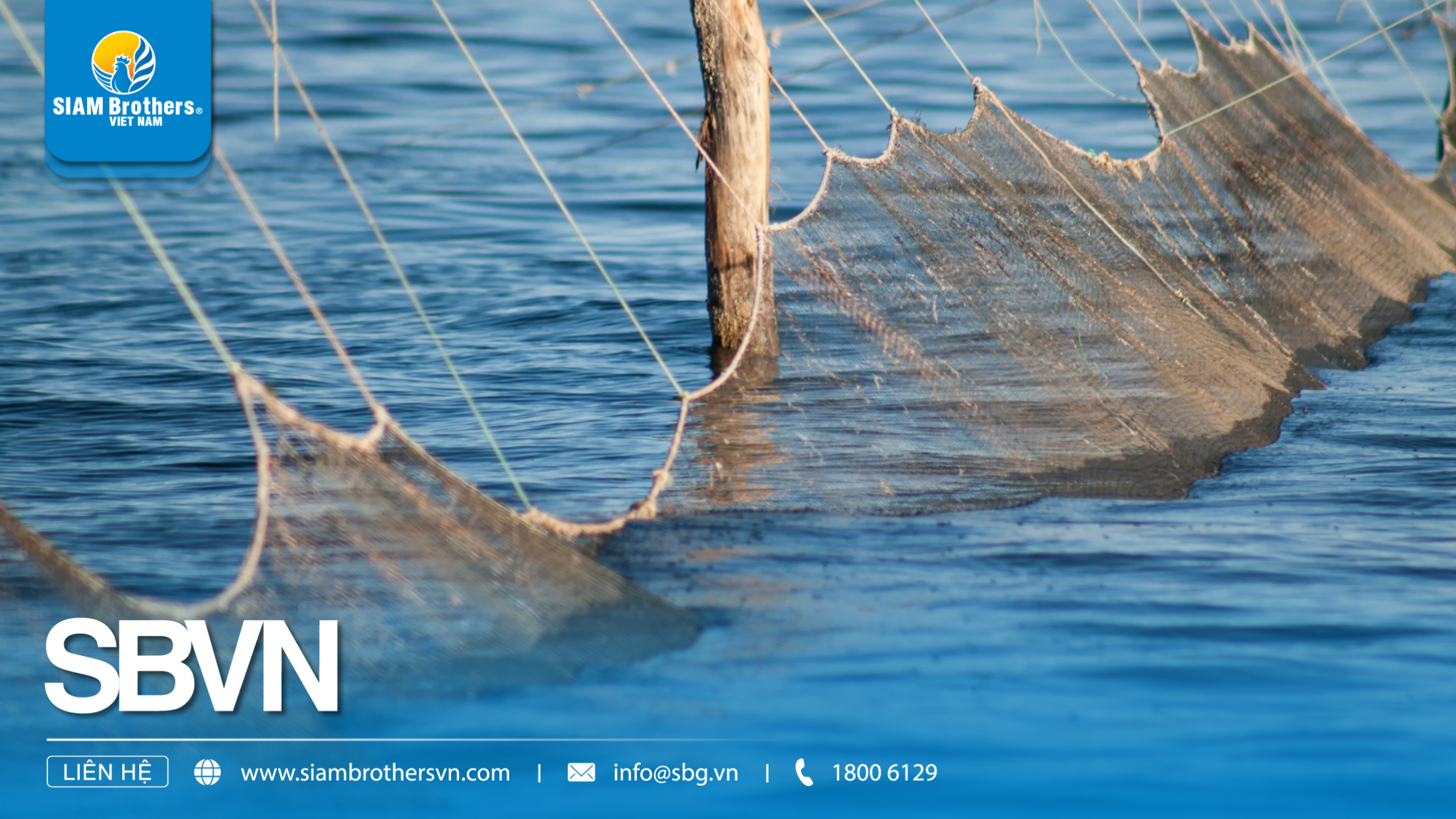
Yes, PP rope performs exceptionally well in saltwater thanks to its strong water resistance and chemical durability. For optimal performance, it is recommended to use PP rope with UV and anti-corrosion treatment. This helps extend its lifespan when exposed to direct sunlight and seawater over long periods.
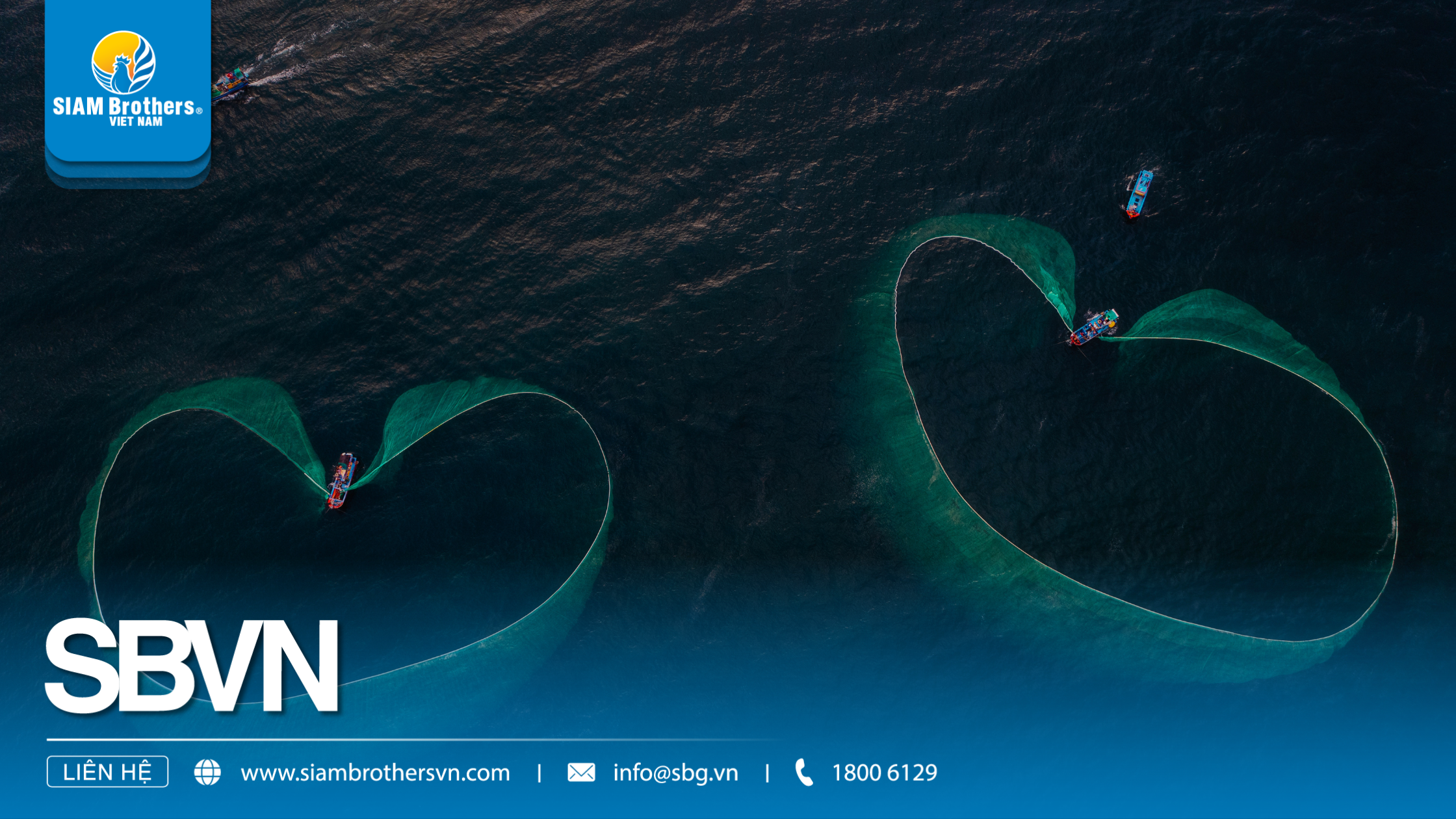
SIAM Brothers Vietnam’s PP ropes not only meet international standards but are specifically engineered for tropical marine conditions in Vietnam — giving fishermen lasting confidence at sea.
When it comes to fish cages in saltwater environments, PP rope offers the best balance of buoyancy, salt resistance, and cost efficiency compared to PE or Nylon. While Nylon is more elastic and PE offers greater tensile strength, PP remains the preferred choice due to its durability, lightweight, and flexibility.
For the best performance, always choose UV-treated and quality-certified PP ropes.
Contact SIAM Brothers Vietnam today for expert consultation and find the perfect PP rope solution for your fish cage system — a safe, durable, and sustainable choice for modern aquaculture.
Source: SIAM Brothers Vietnam
Contact us:
► Address: 5th floor, VRG Building, 177 Hai Ba Trung Street., Xuan Hoa Ward, Ho Chi Minh City, Vietnam
► Hotline: 1800 6129
► Tel: (+84) 28 38 912 889
► Email: info@sbg.vn
► Follow us for more details at: Facebook - Zalo OA - Tiktok - Youtube - LinkedIn
Download SBVN ID app here:
► CHPlay
► Appstore
